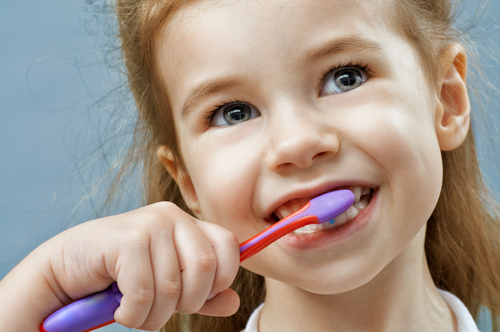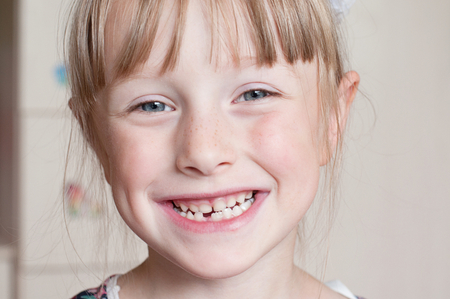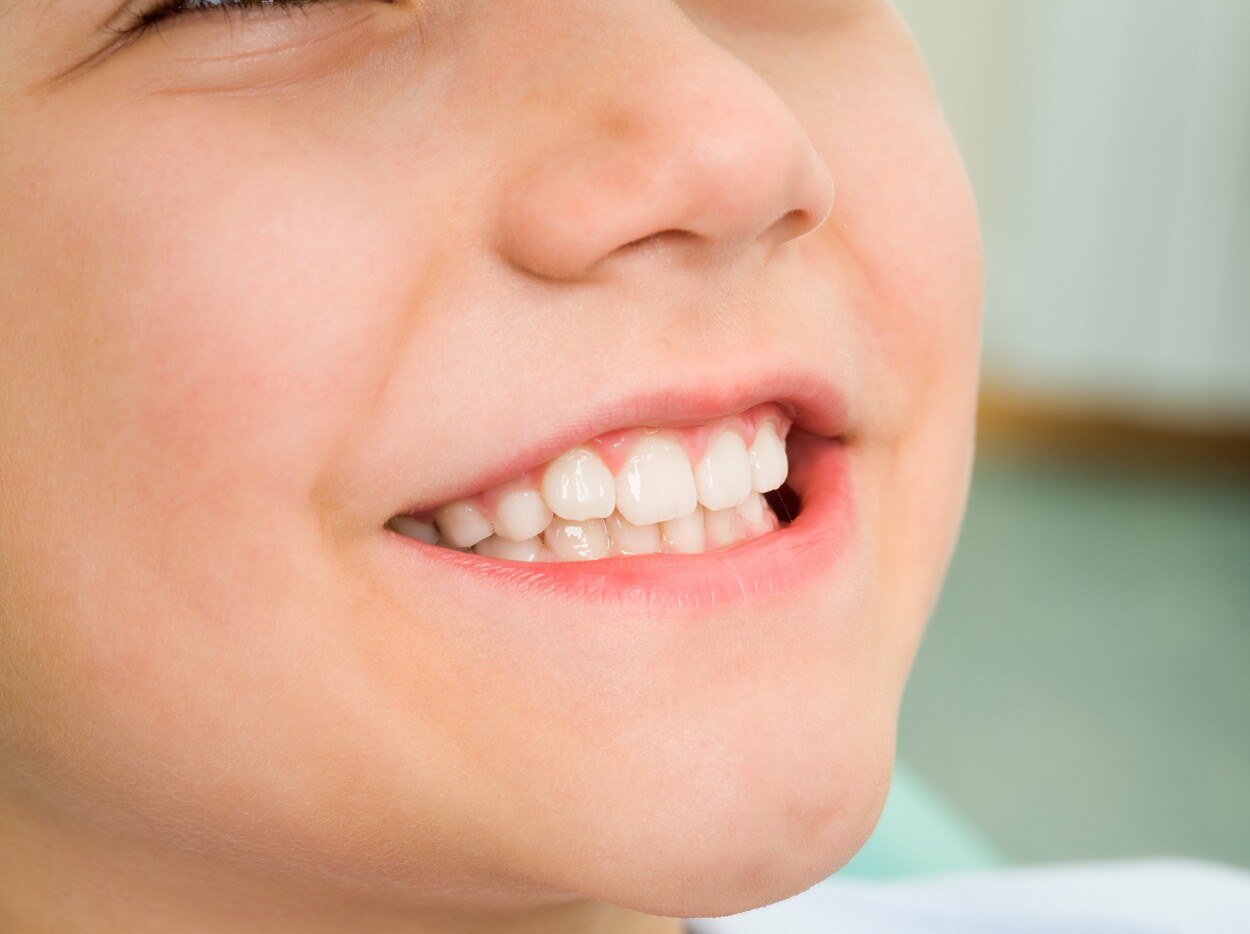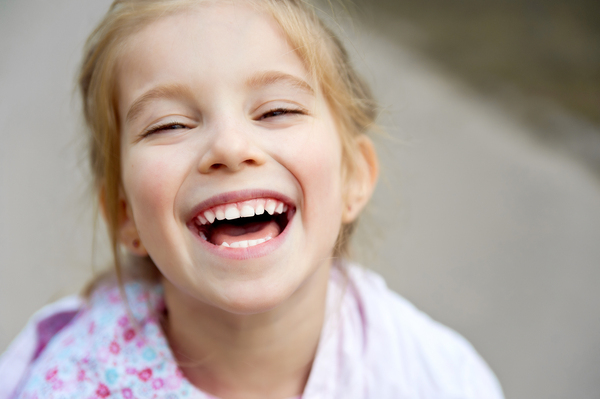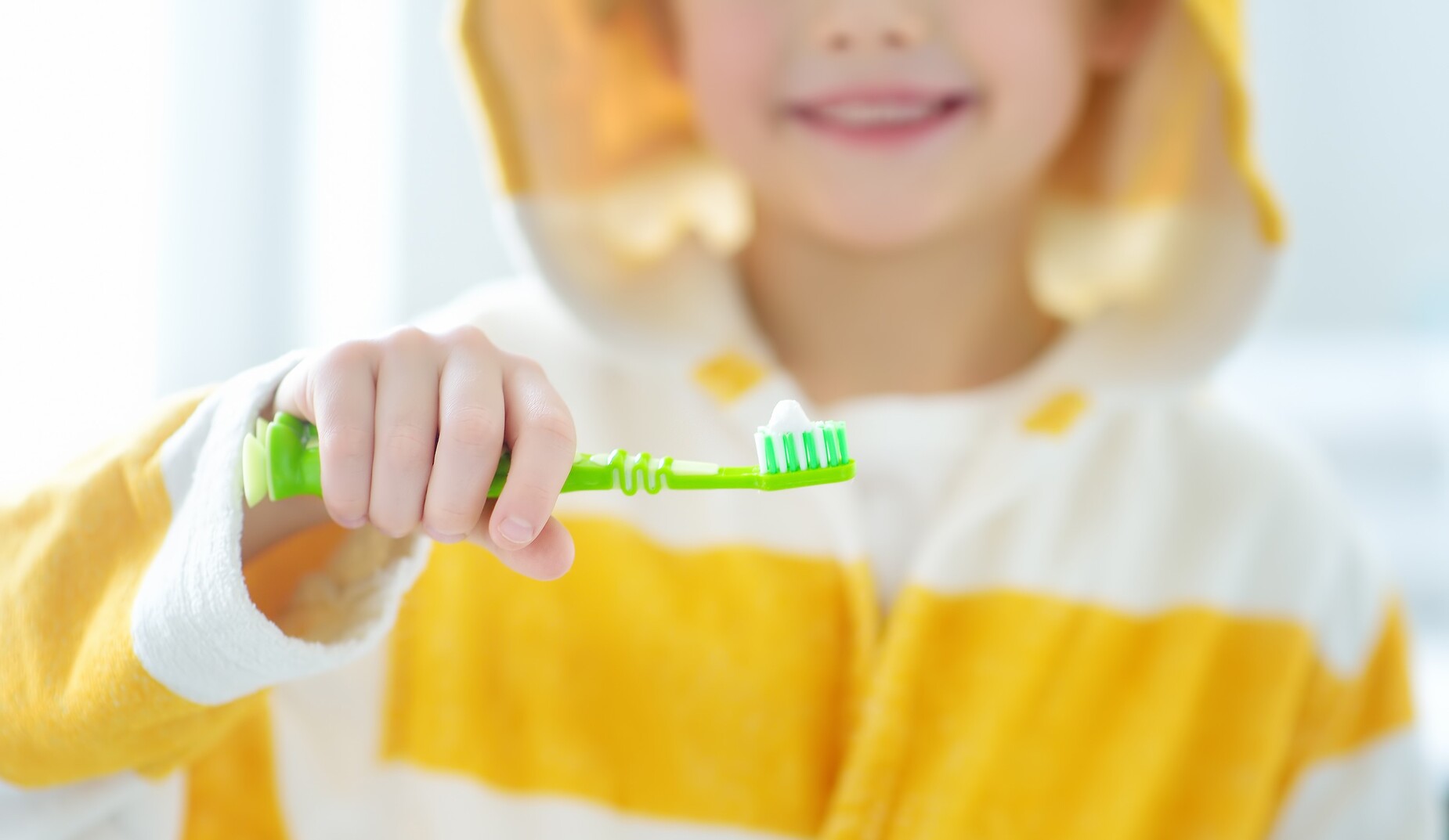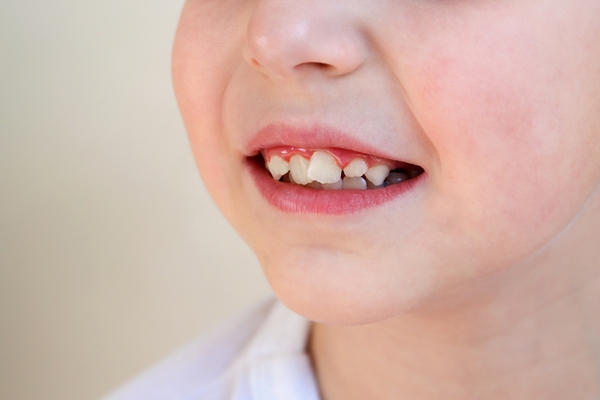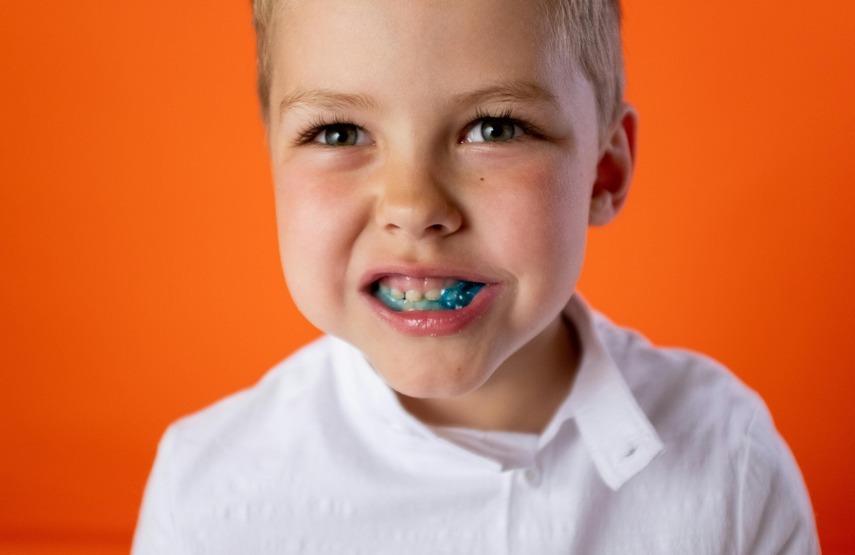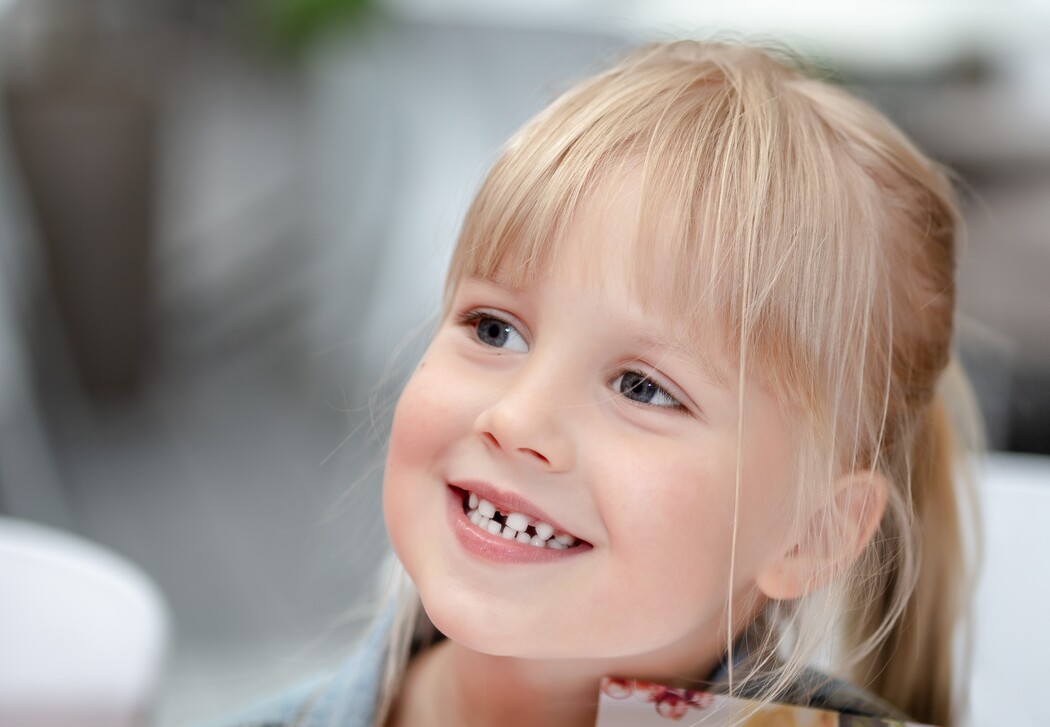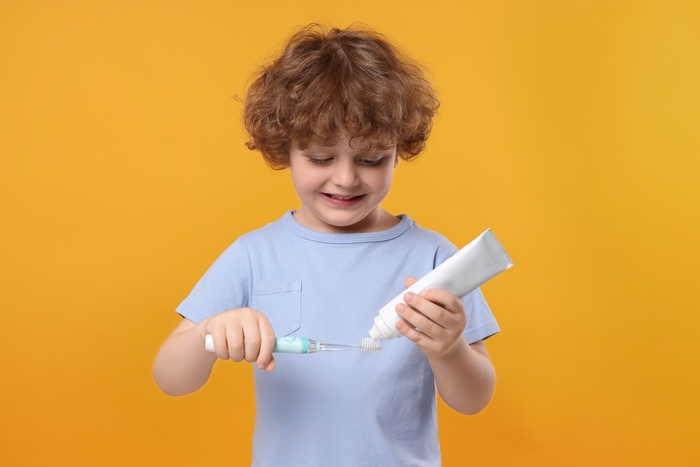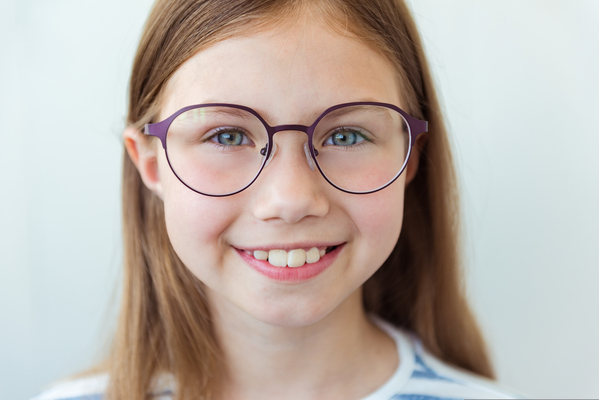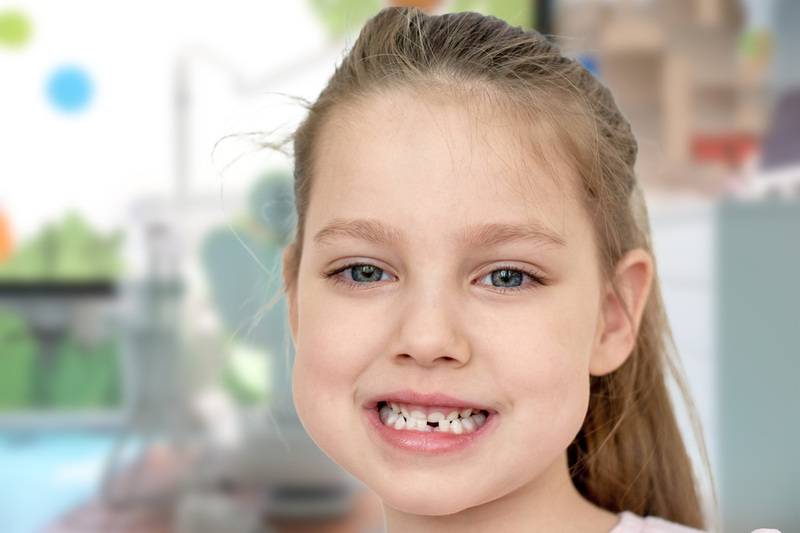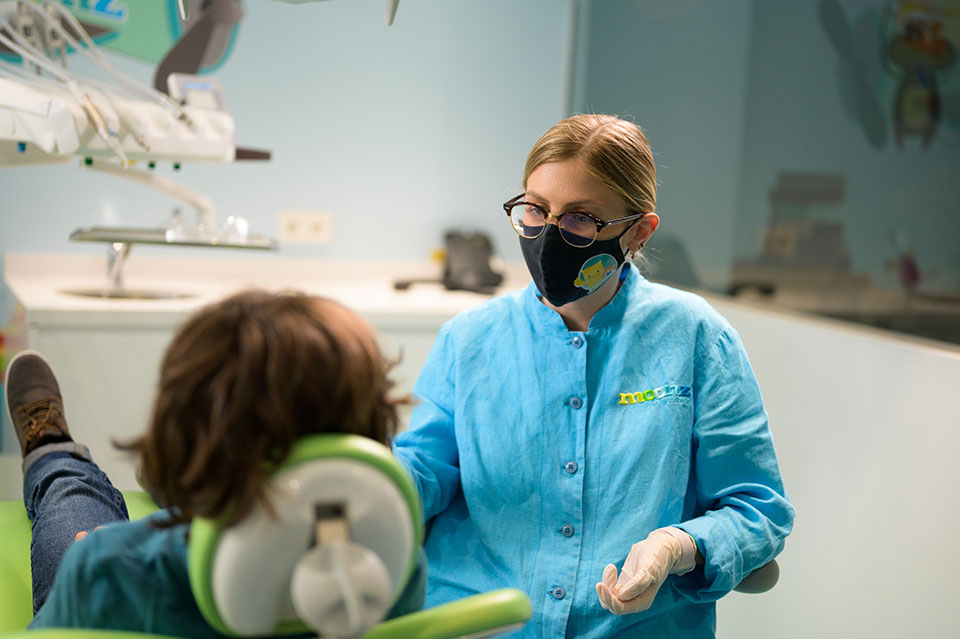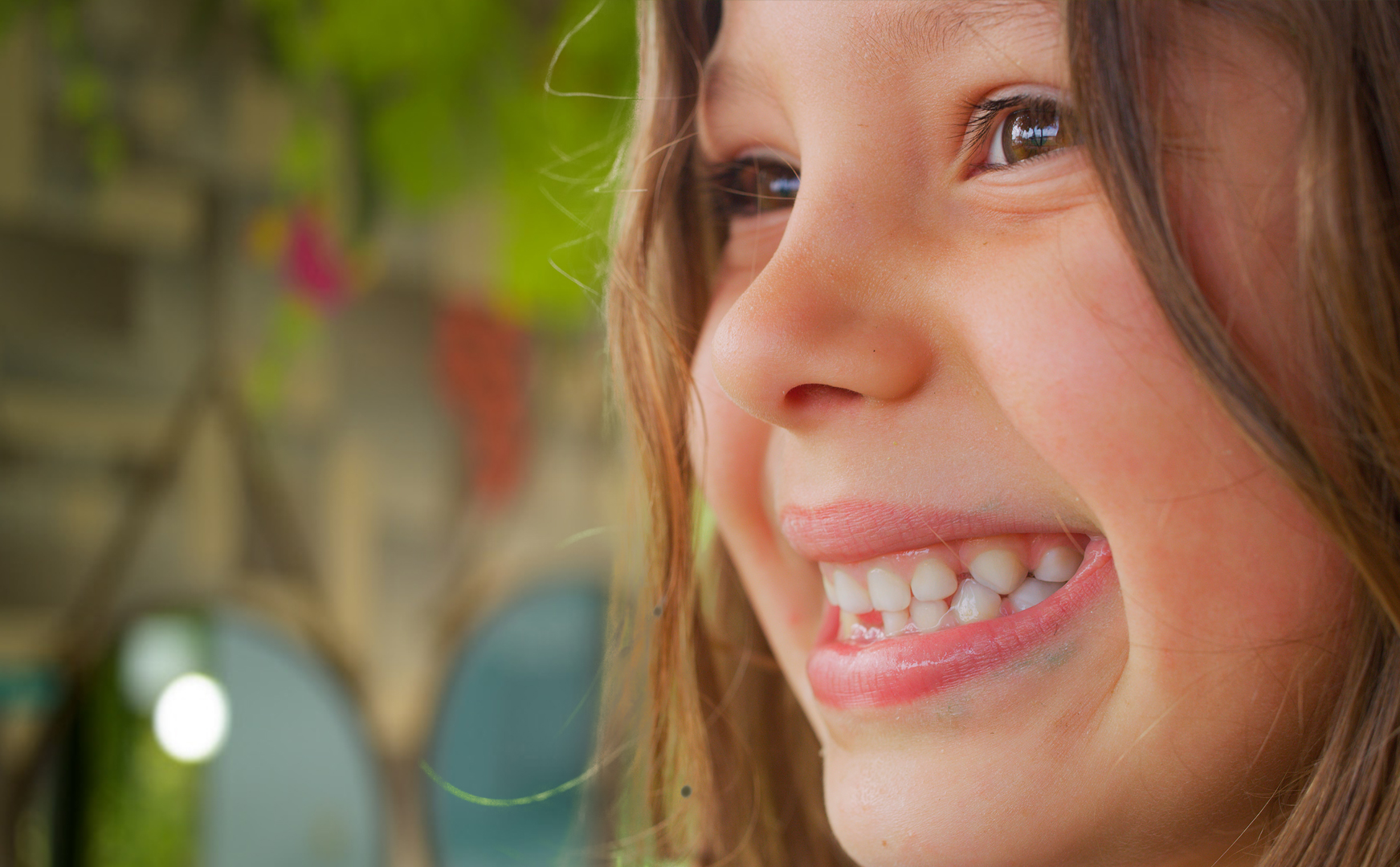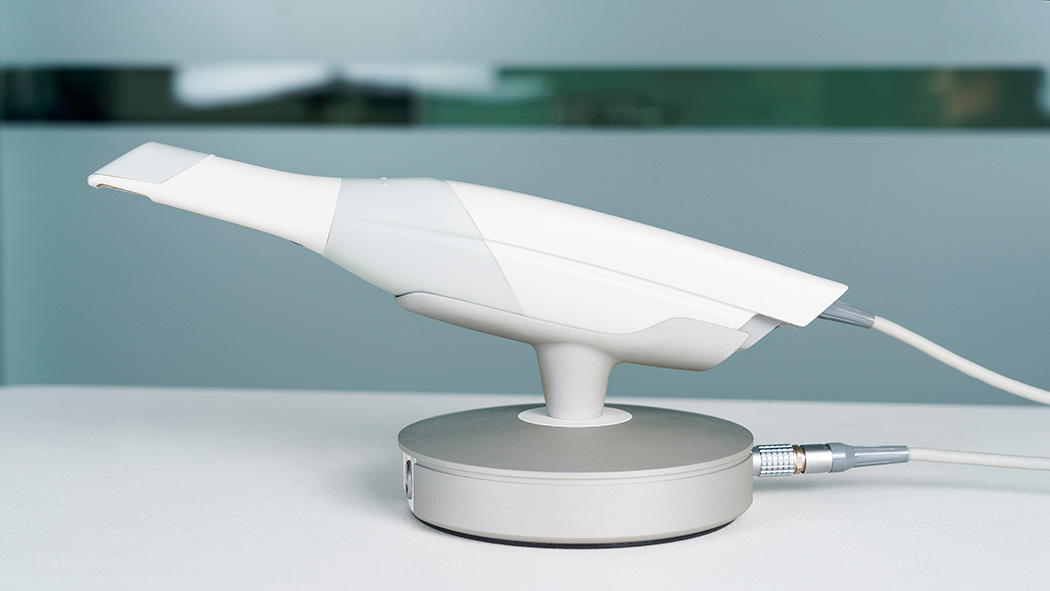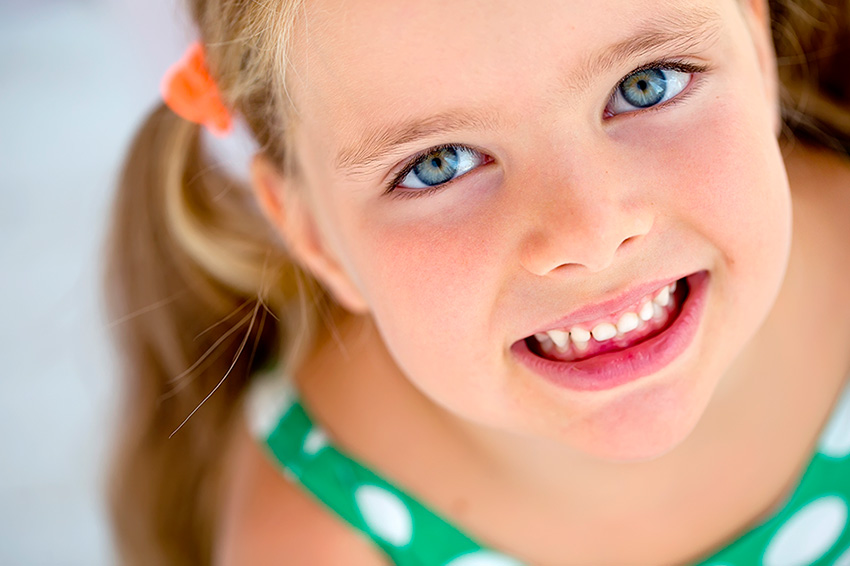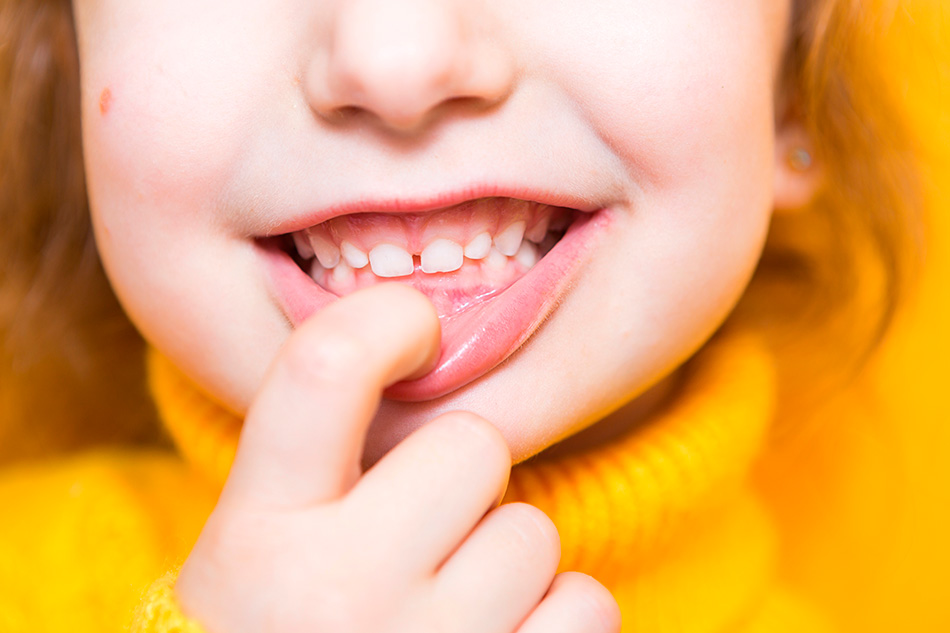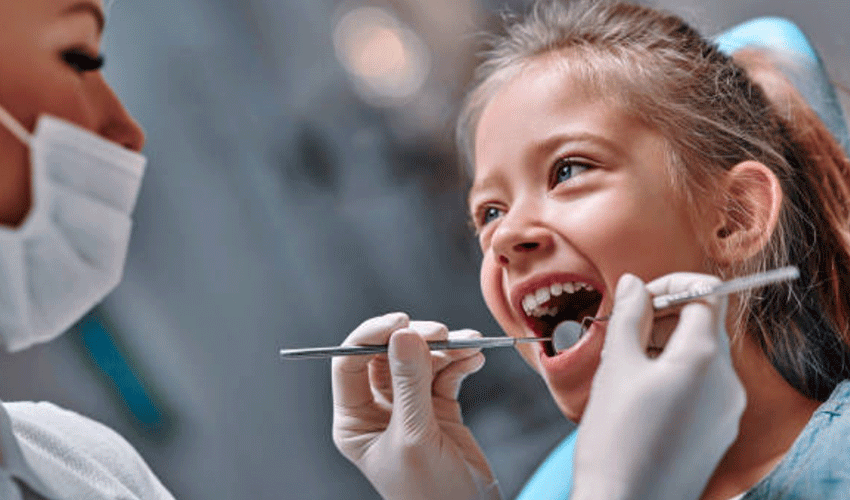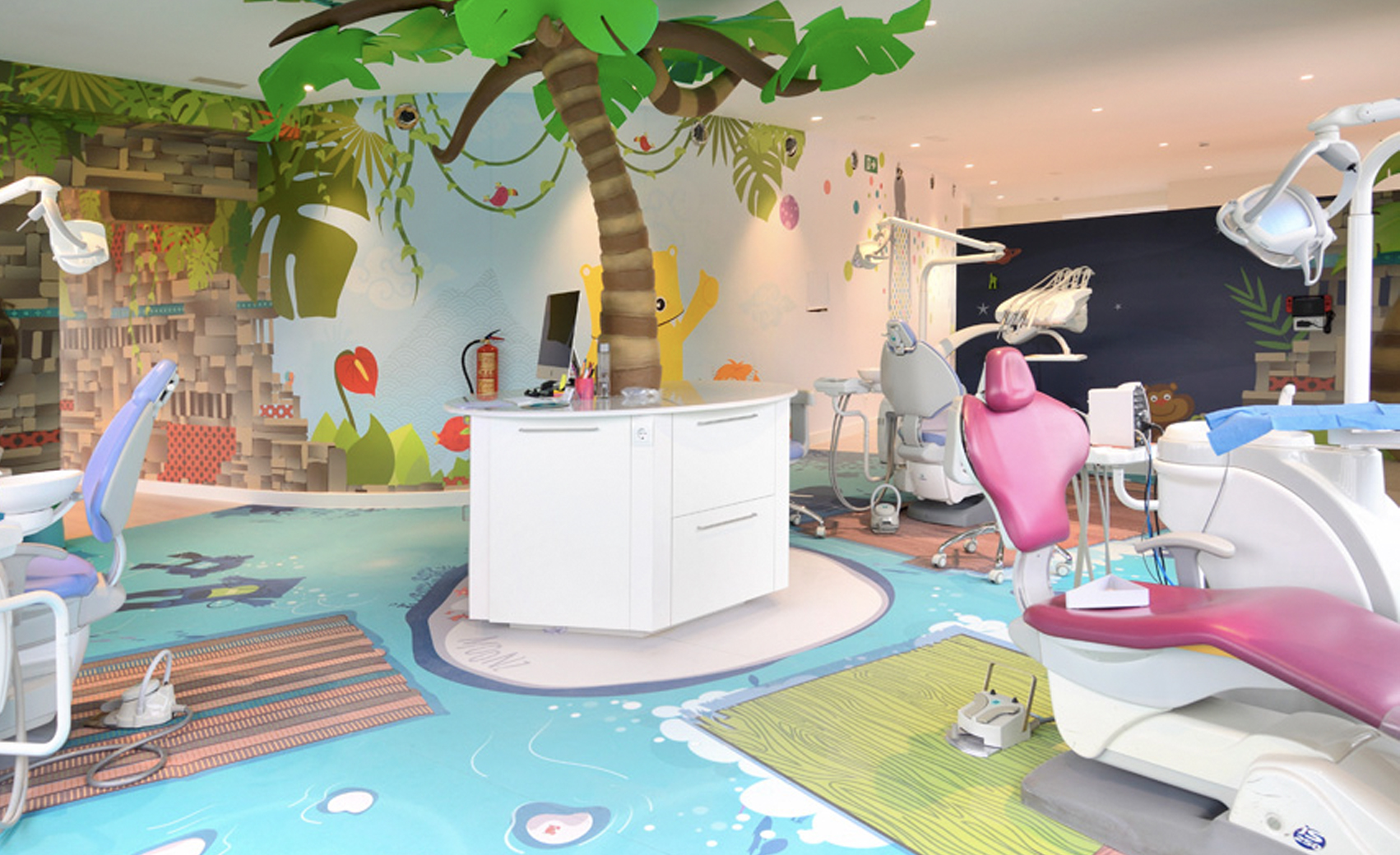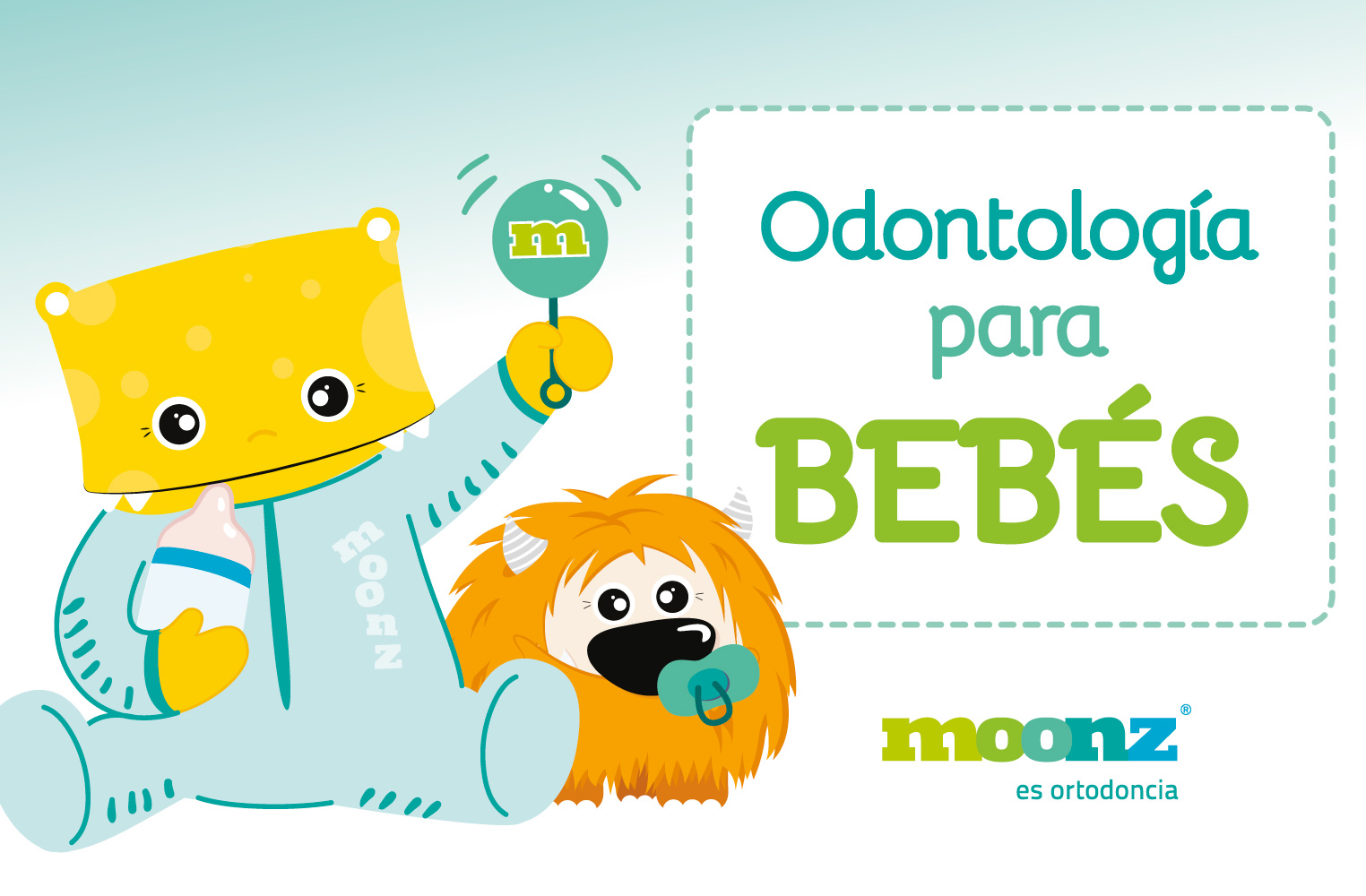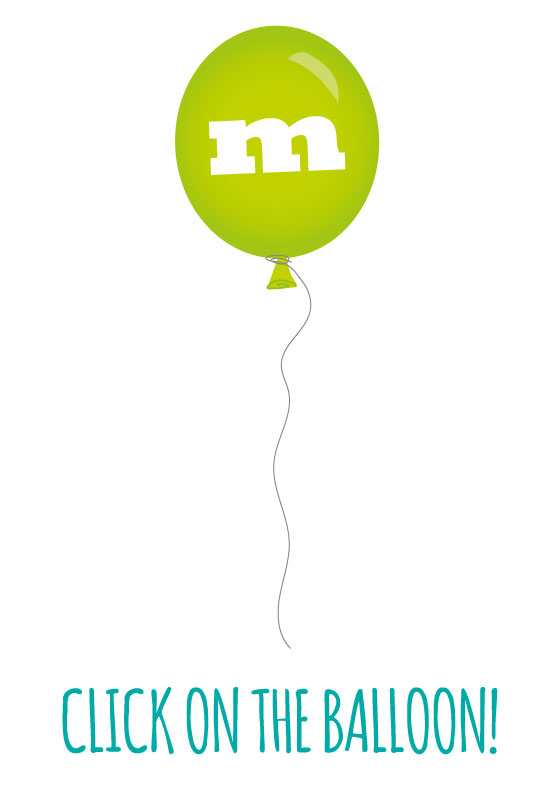Treatments > Braces for kids
Braces for kids
At Moonz Dental Clinics we are qualified in orthodontic treatment for children. Thus, aligning or straightening teeth by fitting young patients with braces is one of the most popular treatments.
Braces are the orthodontic system most often used for children who already have all their permanent teeth. In other words, their baby teeth have fallen out and their permanent teeth have fully emerged.

Why are braces recommended for children?
Tooth development is determined by different factors (genetic predisposition, events occurred during pregnancy, childhood habits, etc.). Therefore, it is common for children’s teeth to not emerge properly.
The result is that most children will require braces to treat the following conditions:
- Correct malocclusions at an early age: any dental problem gets worse as years go by. For this reason, correcting malocclusions as an adult is more difficult and expensive.
- Correct different dental misplacements: crowding, diastema, open bites, overbites, cross bites, etc.
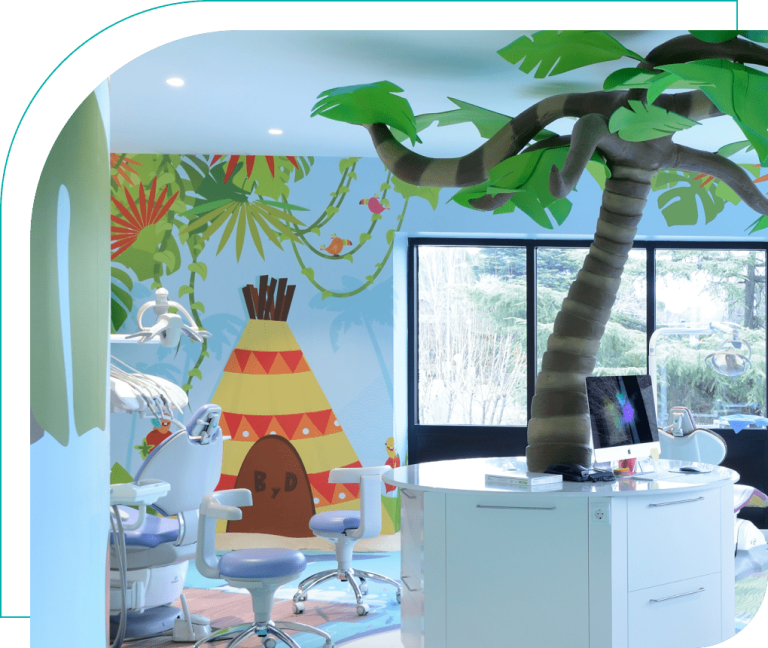
What is the best age for fitting kids with braces?
Normally braces are fitted at age 11 or 12. This age is not chosen by accident; the reason is that, in general, this is the age when children normally have all of their permanent teeth.
However, since dental development varies depending on the child, it is best to have the orthodontist determine the exact age at which braces should be fitted.
That said, we must take into account that the first visits to the orthodontist must take place before the age of six.
At this age, a series of maxillary bone irregularities can be detected, which will need to be corrected before fitting braces.

Types of braces for kids
The most common types of braces for kids are:
Nowadays, metal braces are the most widely used for kids. This is due to the fact that metal braces are what have been traditionally used for many years now. And therefore, their efficacy has been demonstrated beyond all doubt.
Also, metal braces are offered at a cheaper price. And lastly, they have a feature that is very well liked by children: they can be combined with coloured rubber bands, making them fun and fashionable.
Aesthetic braces function just like the metal ones. However, these braces are not as noticeable to others, as they are transparent. Thus, aesthetic braces are designed for children that do not want to draw attention to their teeth.
Let’s not forget that at age 11 or 12, children are in the first phase of their teenage years, a period in which they are beginning to be concerned with their physical appearance. Because they are less noticeable when you smile, aesthetic braces are more expensive than the metal ones.
Lingual braces are 100% invisible, as they are installed on the inner side (lingual) of the teeth. Thus, they are designed for kids who want a device that does not affect their appearance in any way.
That said, lingual braces are recommended in two cases. On the one hand, for kids and teenagers who are very concerned with their physical appearance. And on the other hand, when the use of visible braces is not recommended (for example, in the case of child actors or models).
Types of braces for kids
The most common types of braces for kids are:
Nowadays, metal braces are the most widely used for kids. This is due to the fact that metal braces are what have been traditionally used for many years now. And therefore, their efficacy has been demonstrated beyond all doubt.
Also, metal braces are offered at a cheaper price. And lastly, they have a feature that is very well liked by children: they can be combined with coloured rubber bands, making them fun and fashionable.
Aesthetic braces function just like the metal ones. However, these braces are not as noticeable to others, as they are transparent. Thus, aesthetic braces are designed for children that do not want to draw attention to their teeth.
Let’s not forget that at age 11 or 12, children are in the first phase of their teenage years, a period in which they are beginning to be concerned with their physical appearance. Because they are less noticeable when you smile, aesthetic braces are more expensive than the metal ones.
Lingual braces are 100% invisible, as they are installed on the inner side (lingual) of the teeth. Thus, they are designed for kids who want a device that does not affect their appearance in any way.
That said, lingual braces are recommended in two cases. On the one hand, for kids and teenagers who are very concerned with their physical appearance. And on the other hand, when the use of visible braces is not recommended (for example, in the case of child actors or models).


Do you want to learn about Moonz?
Professionals dedicated to orthodontics for over 12 years.
Frequently asked questions about braces for children
During the first days with your braces, it is normal for children to feel mild pressure or discomfort, but not pain; however, this sensation varies depending on each child’s tolerance thresholds.
The reason is that braces exert pressure on the teeth, and over time, slowly move teeth into the desired position. Most modern arches are heat sensitive; therefore, if pain is present, we recommend lowering the temperature of the mouth (by applying ice, eating ice cream, etc.).
Also, at first a child may feel irritation due to metal brackets and bands rubbing against tissue. To prevent this, we recommend applying a special orthodontic wax on the braces, which can be purchased at pharmacies.
On a positive note, all these feelings of discomfort tend to disappear over time as the child gets used to the braces. Normally, once this initial period has passed, braces feel comfortable and are painless.
While fitted with braces, we recommend children make some mild changes to their diet. The following foods should be avoided:
- Very hard foods (toasted corn, chocolate that has been kept in the fridge, certain types of hard candy, etc.): eating these types of foods may cause braces to become detached or even fall off.
- Baguette sandwiches or biting into an apple: directly biting into these types of food require exerting a lever force movement with your mouth that is very harmful to braces. To prevent braces from becoming detached, these types of food should be cut into small pieces before eating.
- Sticky sweets (bubble gum, toffee or caramel sauce, etc.): these foods adhere to the braces and are very difficult to remove.
The main advantage of metal braces for children is that in the event of an impact, for example, while playing sports, the braces will become detached. This way we will immediately know it needs to be replaced.
Another more valued benefit of metal braces is its price. On the other hand, its major disadvantage is they are more noticeable and unsightlier.
The most important benefit of aesthetic braces is they are much more subtle than the classic metal braces. Its main disadvantage is that unless they are made of a high-quality material, in time braces can stain and lose their aesthetic benefit.
For this reason, at Moonz dental clinics we recommend using sapphire glass braces, a transparent material that does not stain when exposed to coloured foods or beverages (cola drinks, red berries, ketchup or tomato sauce, spinach, etc.). Another disadvantage of aesthetic braces is that they break before becoming detached. Consequently, they may remain for some time on your teeth without exerting the required effect.
The most important advantage of lingual braces is they are 100% invisible and therefore do not affect the aesthetics of your smile or induce any type of complex in children or teens. On the other hand, we can say that the main disadvantage of lingual braces is their higher price tag in addition to being less comfortable than any of the other types (as it normally rubs against the tongue).
Content supervised by our Moonz team

![]() Dr. Rodrigo Villaverde
Dr. Rodrigo Villaverde
Dr Rodrigo Villaverde holds a degree in Dentistry from the University of Salamanca and is a qualified orthodontist and Dentofacial Orthopaedics by Hospital Universitario Fundación Jiménez Díaz. He is certified in the main clear orthodontic systems such as Invisalign and Spark. Also, he is a member of the Spanish Orthodontic Society (SEDO).



